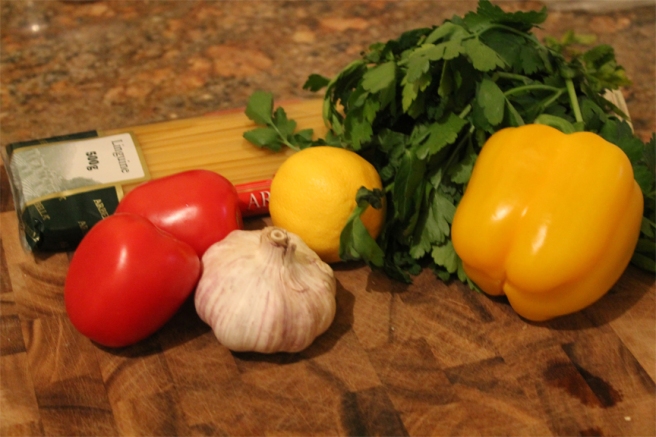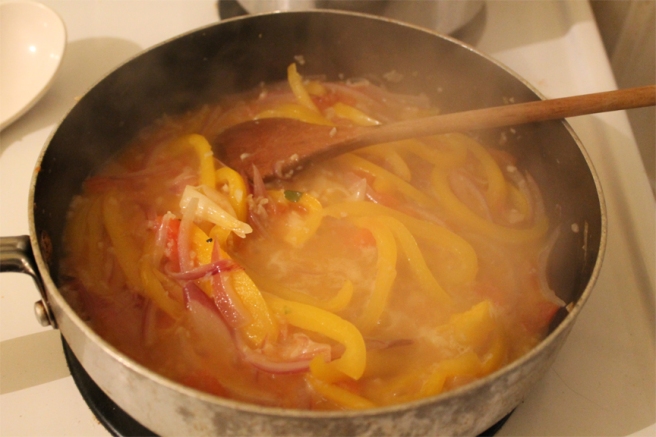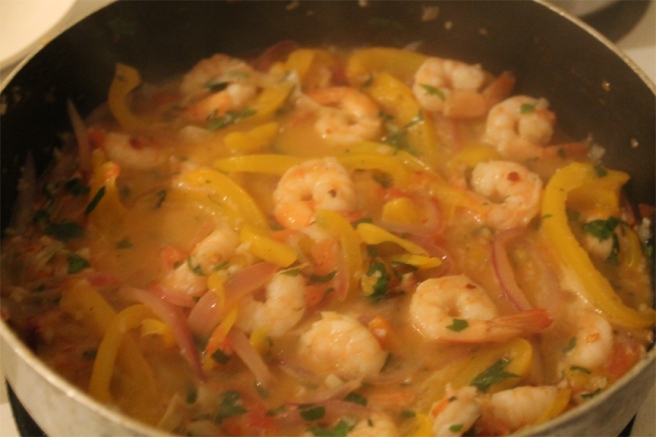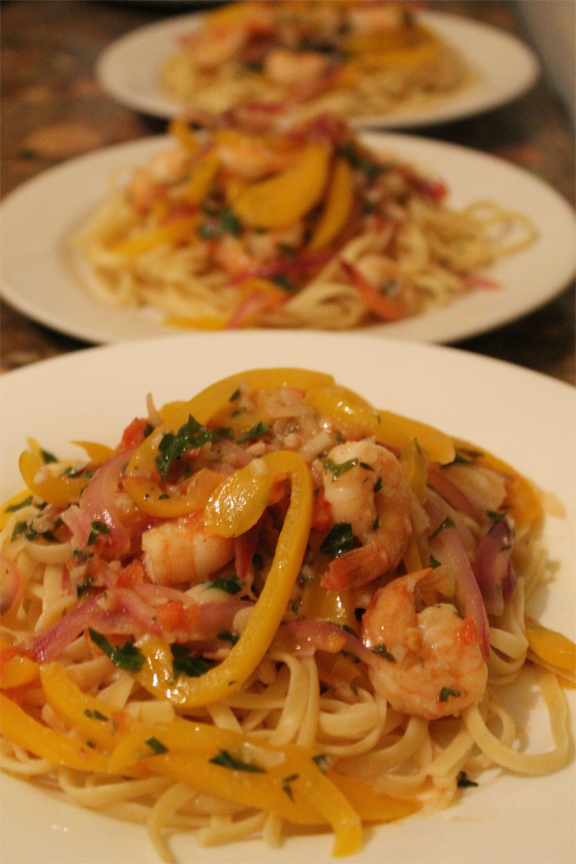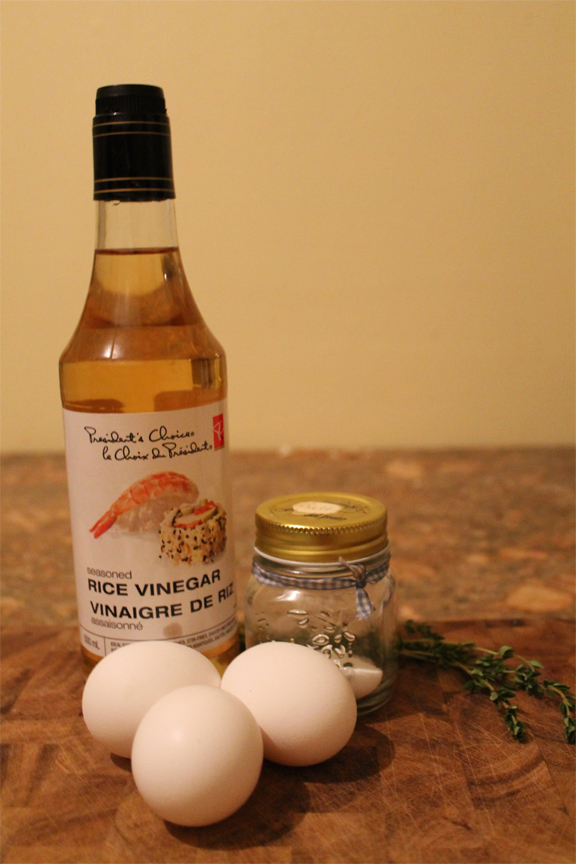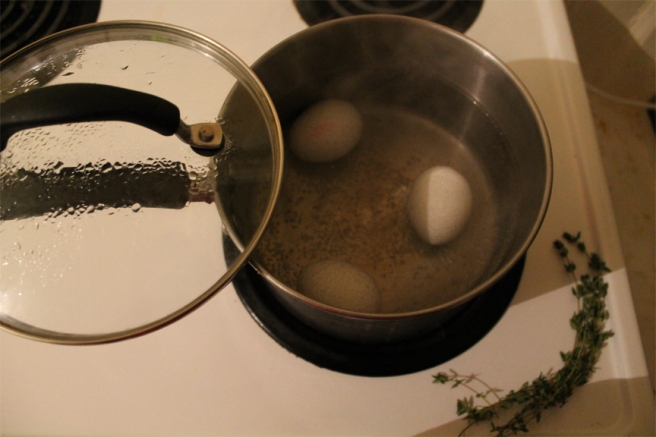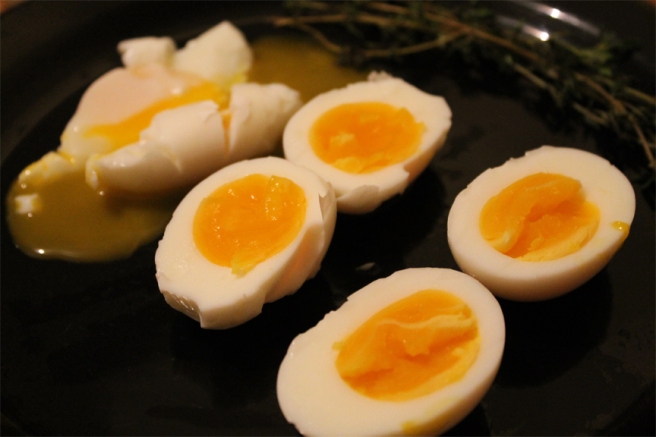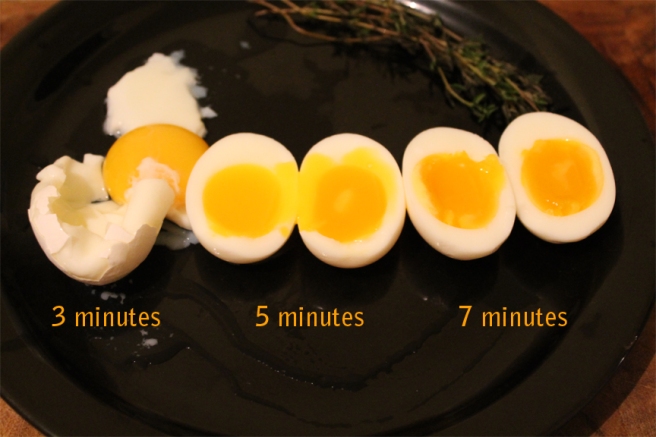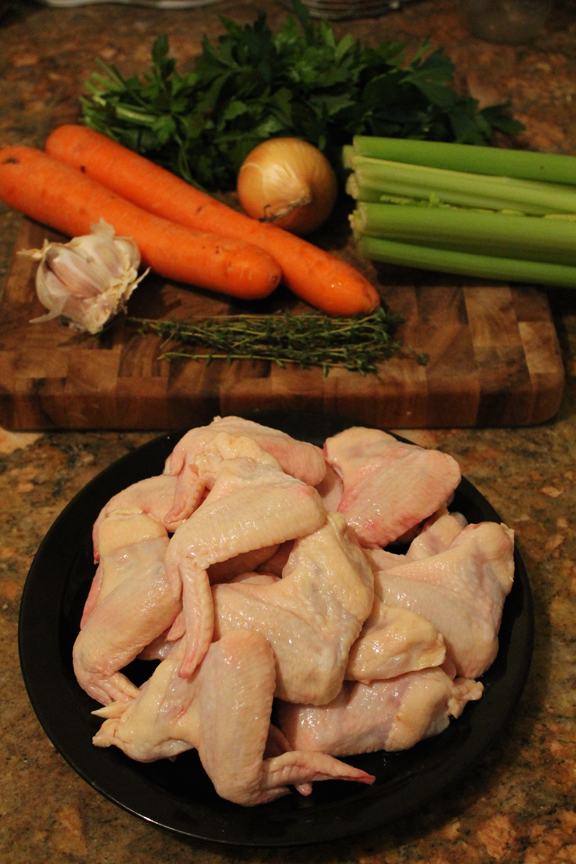In my last year of university I experimented with being a vegetarian after reading the book “Eating Animals” by Jonathan Safran Foer, which outlines the evils of the meat industry in North America. While deeply moved by the case presented in Foer’s book, my six month rendezvous with vegetarianism ended abruptly once confronted by mother’s Christmas turkey. Nevertheless, I loved eating more fruits and veggies instead of meat, and it was a great way to save money on a student budget. My favourite go to recipe was to make rice and lentils in the rice cooker with toasted cumin and coriander seeds. I would make a big batch at the beginning of the week and then I would make roasted vegetables and stir fries for nutritious lunches and dinner, full of protein. I also worked at a vegan restaurant for a year, and ate a lot of vegan food. From this experience I learned that I could love eating vegan, and that tofu tastes best when it is deep fried (in vegetable oil, of course!).
For this assignment I chose to go for a Pescetarian diet, instead of full on vegetarian, since it was fish week at school and I didn’t want all of that beautiful food to go to waste. Following a Pescetarian diet is beneficial in many ways, including the obvious reduction of animal cruelty to just fish and shellfish, and by decreasing an individual’s ecological footprint. Additionally, those who follow a Pescetarian diet lower their risk of heart disease and cancer by eating less unhealthy animal fats, and filling up on healthy omega fatty acids instead. Since I have experience with eating fully vegetarian, being able to eat fish was great! Throughout the week I ate fish or seafood almost every night of the week and never had a craving for red meat.
A typical day would start with tea, a smoothie, a banana, yogurt, and cereal for breakfast, followed by a bagel and cream cheese, coffee, and an apple for lunch, and some form of seafood for dinner paired with a different vegetables and grains.
On the special occasion of my brother visiting for the weekend we went out for his favourite on Friday night: all you can eat sushi! This worked great for me because I love sushi and even got to try other appetizers that I otherwise might not have ordered, such as seared scallops and grilled calamari, without breaking my diet.

On Saturday I was in the mood for something fresh and light, so I made my version of shrimp scampi. This recipe uses a few more ingredients than the norm as I wanted to maximize the nutritional element by using more vegetables and less pasta.
Zesty Shrimp Scampi Linguine:
Ingredients:
- 20-25 cooked and frozen shrimp, shell removed
- 2 roma tomatoes,
- 1 yellow bell pepper, thin slice
- 1 medium red onion, thin slice
- 6 cloves of garlic, minced
- 2 Tbsp butter
- 2 Tbsp olive oil
- 1/2 cup white wine
- 1/2 lemon, juiced
- 1/4 Tsp red pepper flakes
- 2 Tbsp fresh parsley, finey chopped
- Salt and black pepper to taste
- 1/2 pound cooked linguine
Method:
I started by defrosting my frozen shrimp in a bowl of cold water, and prepped all of my fresh ingredients. I then brought a pot of salted water to a boil, scored the bottoms of my tomatoes, and blanched them for 15 seconds. After placing them to cool in an ice bath, I removed their skin and seeds before chopping into a small dice. I proceeded by placing the linguine in the same boiling water as used for the tomatoes, and let cook until al dente (about 10 minutes).
While the pasta was cooking, I melted my butter along with my butter in a skillet over medium heat. I sautéed the red onions until they started to get translucent, and then added my sliced yellow peppers, diced tomatoes, garlic, and red pepper flakes. I deglazed my pan with the white wine, brought it to a boil, and then reduced the heat to a simmer until the yellow peppers were tender.
I tossed in the shrimp to reheat (making sure not to overcook), squeezed in the juice of half a lemon, seasoned with salt and pepper, and sprinkled with the finely chopped parsley.
Finally, I piled the linguine high on my serving plates and topped generously with the scampi.


